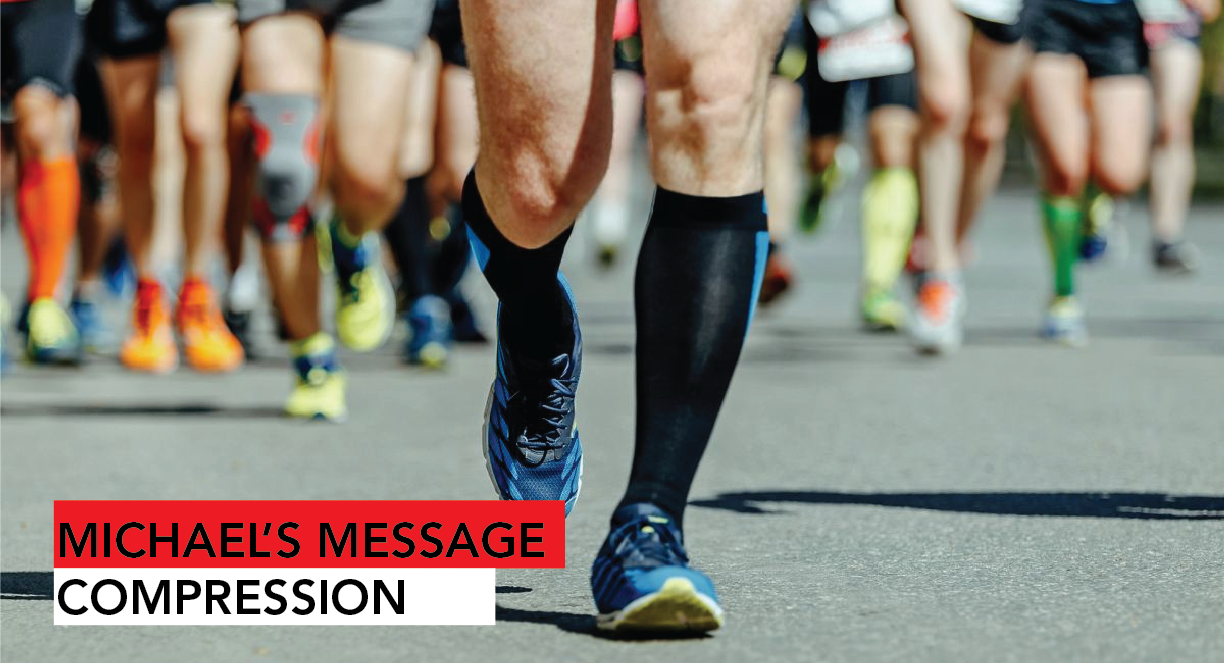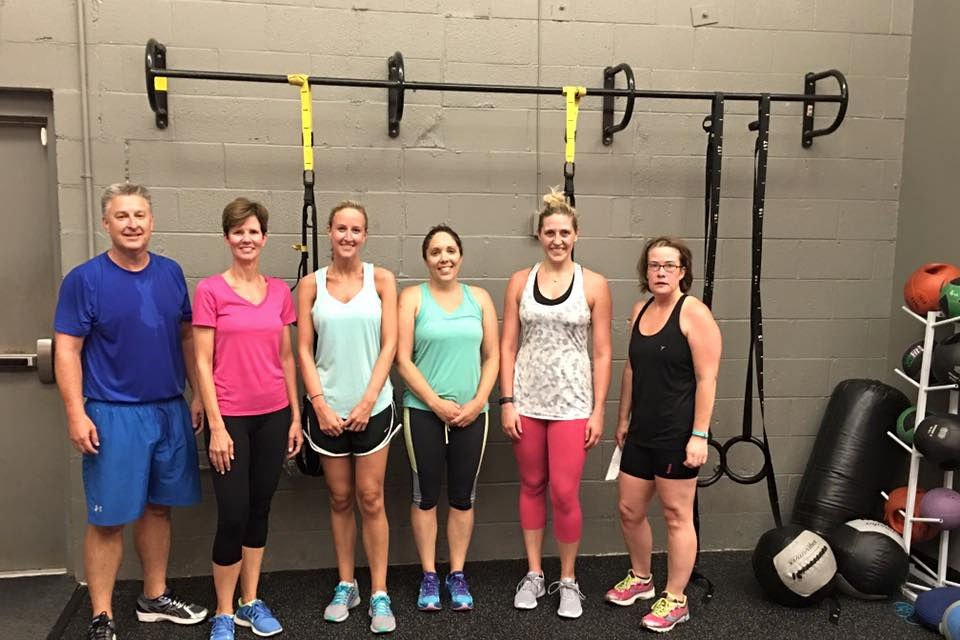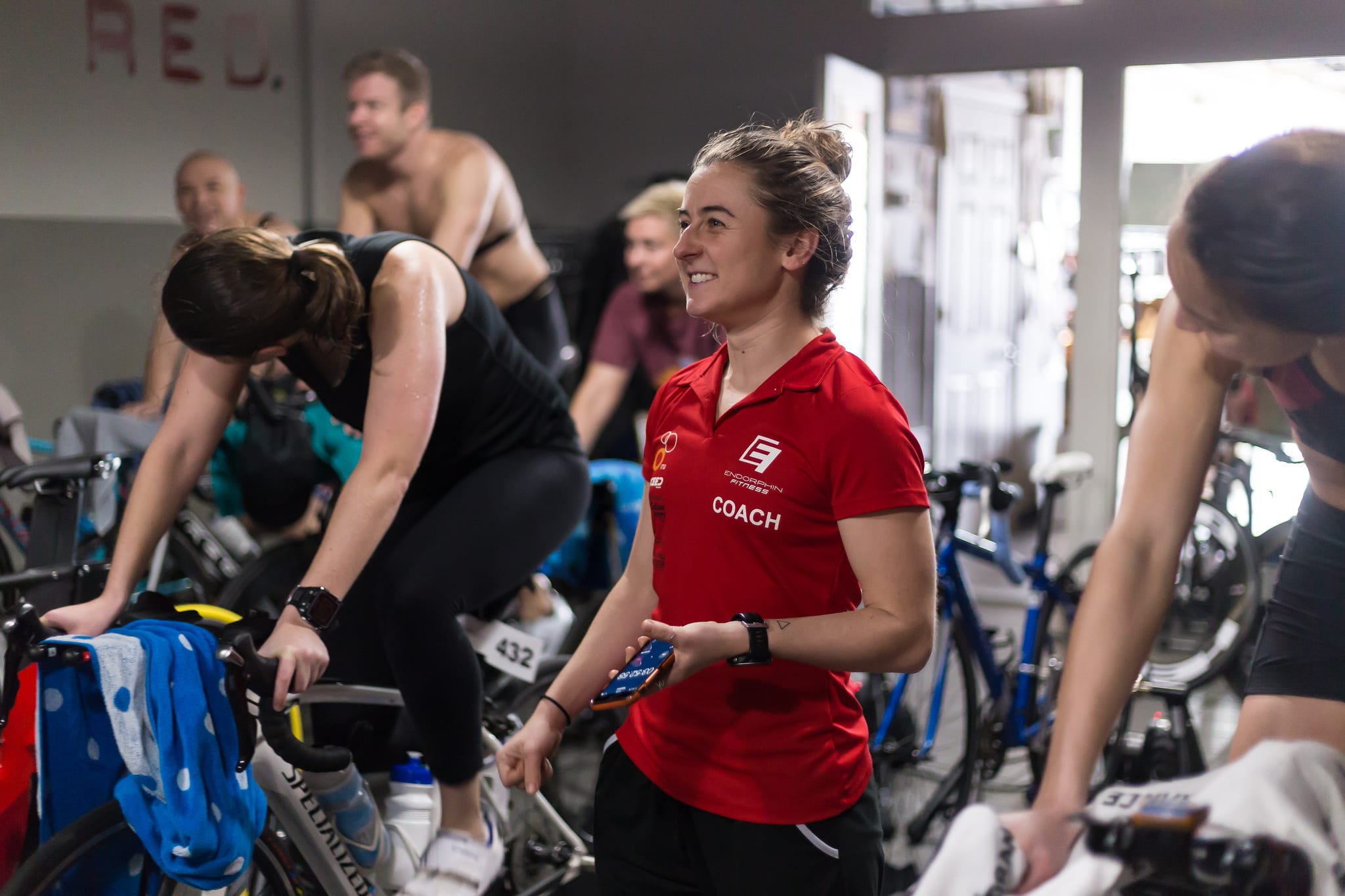

Long used in the medical world, about 15 years ago compression saw a huge surge with use by athletes. Since this time, you cannot go to a race without finding athletes wearing brightly colored knee-high socks with their otherwise skimpy outfits. Is there value in these oddities or is this just a commercialized fad?
Compression is used to increase blood circulation to specific areas of the body bringing more oxygen delivery to working muscles which in turn increases performance and speeds recovery. When you look at the research, the results are mixed with some saying that compression does indeed increase oxygen while others say there is no effect.
These mixed results are compounded with the fact that there could be some negatives to using compression. The body is extremely efficient at healing which in turn makes the body stronger…. if we allow it to. When we do things like use compression, take Advil, use Normatec technology, or take ice baths post workout, we send signals to our brain that our body is not in as much need of repair as it thought which shuts down our natural repair processes. This not only teaches your body to repair less efficiently but could limit increased performance from the repair process.
So, what should you do? There are certainly times when I recommend compression and other recovery methods listed above but not as much as most people use it. Here are those times:
- If you have back-to-back races or hard training sessions, the need to recover quickly outweighs the long-term performance gains from allowing your body to self-heal. Recover with all means necessary.
- If you are dealing with an injury in your leg, this oftentimes is related to a tight calf, Achilles, quadricep, or hamstring. I recommend wearing compression at night to keep these muscles loose and possibly during workouts to keep them warm and oxygenated. I do not recommend keeping compression on all day though as you want to give your body time to heal on its own also.
- If you are flying on an airplane before a competition, I recommend wearing compression due to poor blood circulation. You should also choose an aisle seat and get up to walk frequently.
- If it is super cold and you have a history of muscle pulls and strains, I would recommend compression to keep the muscle warm and circulation high.
Though the research is still out on the impact of compression, I think it is better to err on the side of caution in these cases. If nothing else, you will be receiving a great placebo effect which could have a bigger impact than anything above.
Watch this post on YouTube below:





